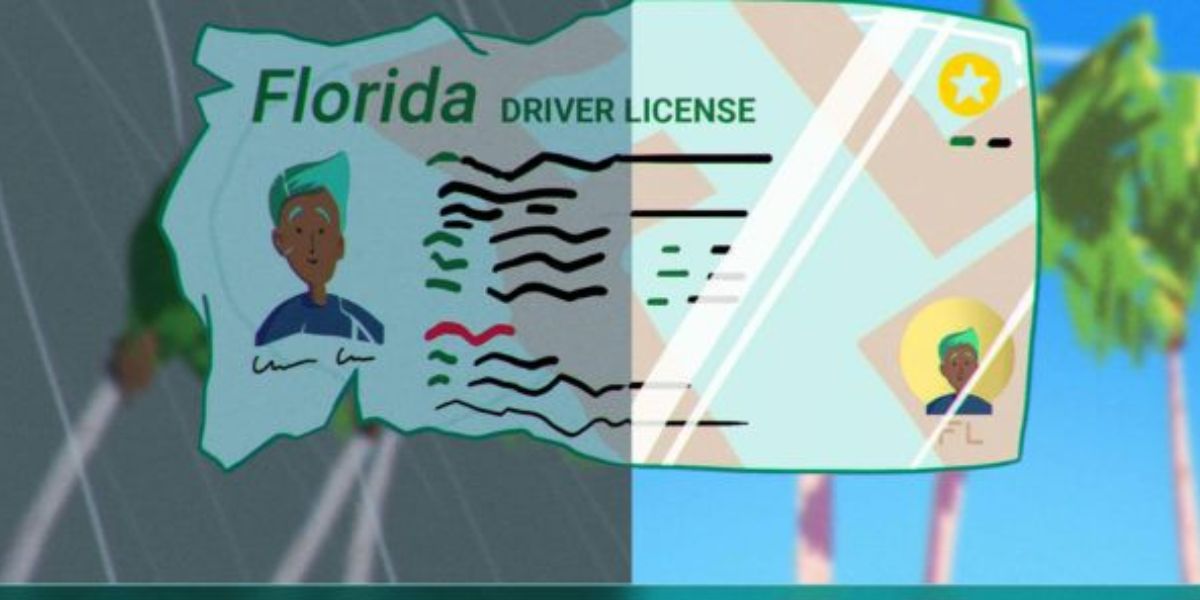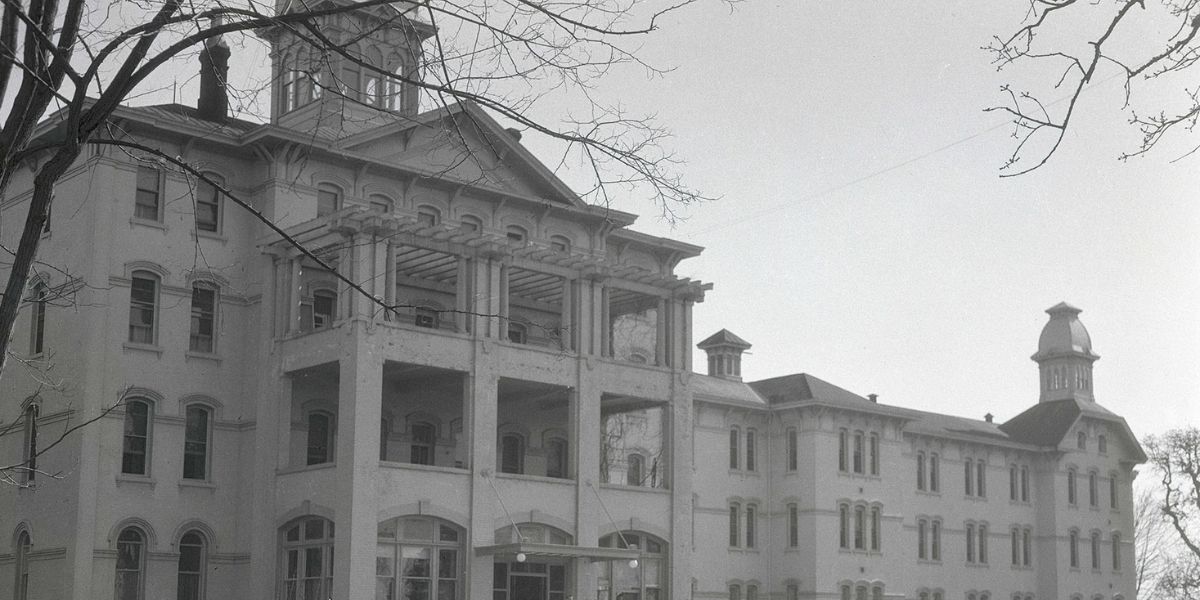Ohio, a state rich in history and known for its vital role in manufacturing, agriculture, and presidential politics, is also home to communities facing profound economic hardship. Among them, East Cleveland has recently been highlighted as one of the poorest towns in the state — a place where poverty is not just a statistic but a daily reality.
This article takes an in-depth look at East Cleveland’s economic challenges, the factors that led to its current state, and how its residents continue to persevere against the odds.
A Town on the Edge: Life in East Cleveland
East Cleveland, once a thriving suburb of Cleveland, has faced decades of decline. Once home to middle-class families and beautiful historic homes, the city has seen its population drop from over 40,000 in the 1950s to around 13,000 today. With that loss came a decline in jobs, infrastructure, and opportunity.
According to the U.S. Census Bureau, East Cleveland has a median household income of less than $22,000, which is far below both the state average ($61,938) and the national average. Nearly 40% of its residents live below the poverty line, with unemployment rates significantly higher than the rest of the state.
These numbers paint a stark picture — but statistics alone can’t fully describe the daily struggles many residents endure.
Why East Cleveland? Understanding the Decline
Several factors have contributed to East Cleveland’s economic decline:
1. Loss of Industry
Like many Rust Belt cities, East Cleveland was heavily reliant on manufacturing. As factories closed or moved overseas in the late 20th century, jobs disappeared, and the local economy suffered. With no strong replacement industries, the town struggled to adapt.
2. White Flight and Disinvestment
As the demographics of the city shifted in the 1960s and 70s, many middle-class and white residents left the area, taking resources and businesses with them. Property values declined, and the city began a downward spiral of disinvestment.
3. Poor Governance and Financial Struggles
East Cleveland has faced repeated financial emergencies. Over the years, accusations of mismanagement and lack of leadership further discouraged development and outside investment.
The Human Impact: What Poverty Looks Like on the Ground
In East Cleveland, poverty isn’t hidden — it’s visible in crumbling roads, boarded-up buildings, and schools that lack basic supplies. The city’s infrastructure is deteriorating, with frequent power outages, unreliable garbage collection, and limited public services.
Residents face limited access to quality healthcare, fresh food, and employment. The nearest full-service grocery store may be miles away, forcing families to rely on corner stores that lack nutritious options. Transportation barriers and safety concerns further isolate the community.
For many children growing up in East Cleveland, opportunities are limited from the start. Schools are underfunded, and resources for after-school programs or enrichment activities are scarce. Despite these barriers, many students remain determined — a testament to the resilience of the community.
Stories of Hope: Resilience in the Face of Adversity
Despite the hardships, East Cleveland is not without hope. There are grassroots organizations, faith-based groups, and community leaders working tirelessly to uplift the town. Programs that provide food, job training, and educational support are making a difference one person at a time.
Local leaders are also exploring the possibility of merging with the City of Cleveland, a move that could bring access to better services, infrastructure support, and investment.
One resident, 42-year-old Lisa R., shared, “It’s tough. But this is our home. We take care of each other here. We’ve been through a lot, and we’re still here.”
What Can Be Done? The Path Forward
Solving poverty in East Cleveland — or anywhere — is no simple task. But there are several steps that experts and community advocates agree can help:
- Investment in Infrastructure: Fixing roads, utilities, and internet access would improve quality of life and attract business.
- Better Funding for Education: Increasing support for schools can provide children with better opportunities and long-term change.
- Job Creation and Training Programs: Empowering residents with skills and opportunities could help break cycles of poverty.
- Healthcare Access: Expanding access to physical and mental health services would address critical needs in the community.
Local, state, and federal support must be aligned to address the deep-rooted issues in places like East Cleveland. It requires not just money, but sustained attention and political will.
Conclusion
East Cleveland, one of the poorest towns in Ohio, is a community in crisis — but it’s also a community with heart, history, and hope. Its struggles reflect a larger pattern seen in many post-industrial cities across America, where poverty and neglect persist even as surrounding regions thrive.
The town’s challenges are not insurmountable. With the right investments and continued advocacy, East Cleveland can begin to rebuild and reclaim its future. The people who call it home deserve nothing less.




